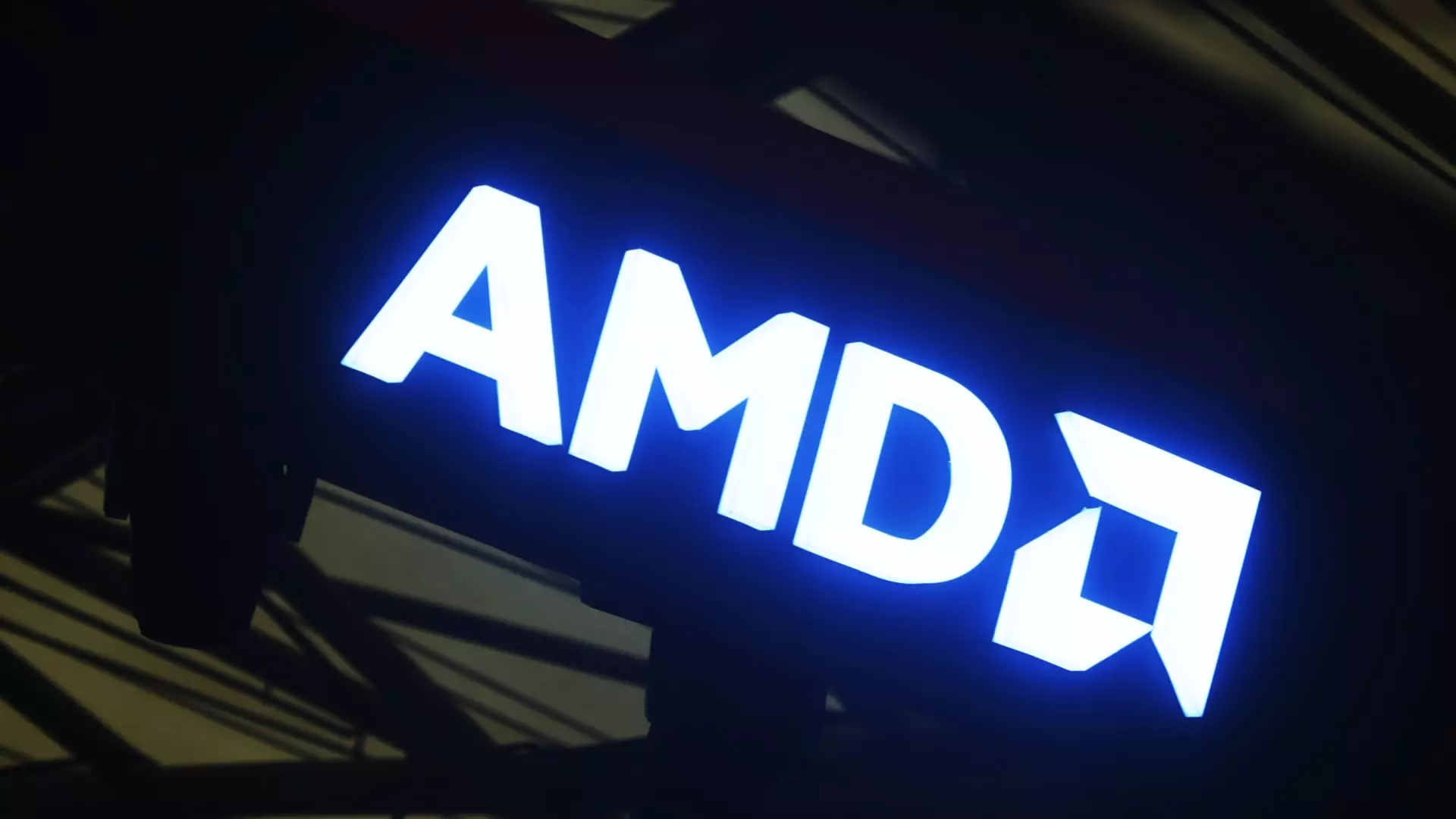Advanced Micro Devices (AMD) finds itself navigating turbulent waters as it grapples with a confluence of rising threats from competitors and macroeconomic challenges. Recently, analyst John Vinh from KeyBanc issued a downgrade of AMD from “overweight” to “sector weight,” raising alarms about the chipmaker’s outlook. This downgrade doesn’t come out of the blue; it’s rooted in substantial evidence surrounding AMD’s current market position and future projections. The harsh reality is that AMD is at risk of falling significantly behind not just Nvidia, its primary rival, but also Intel, which is gearing up to implement aggressive pricing strategies that could further squeeze AMD’s market share.
The Price War Predicament
Vinh’s analysis paints a dire picture, suggesting that the impending price cuts by Intel could force AMD into a desperate price war, undermining its gross margins significantly. Such a scenario raises essential questions about the sustainability of AMD’s business model in the face of fierce price competition. With Intel launching its “Lunar Lake” processors, the stakes are high. Vinh estimates that to keep pace, AMD might need to take drastic measures, slashing prices anywhere from 20% to 40%. This is a precarious position for a corporation that has worked diligently to position itself as a key player in the semiconductor sector.
The proposed price reductions by competitors threaten to ignite a race to the bottom, forcing AMD to make uncomfortable trade-offs. In a landscape where margins are already razor-thin, any significant dip in prices could obliterate AMD’s profitability, leading to a vicious cycle of declining revenue and investor confidence.
China: A Double-Edged Sword
Another formidable challenge on the horizon is AMD’s reliance on the Chinese market. Vinh suggests that the demand for AI capabilities in China, a crucial driver for AMD’s growth, may not be sustainable due to potential export restrictions. The chipmaker’s fortunes seem intertwined with the whims of geopolitical tensions and the evolving technological landscape in China. Decreased demand from Chinese hyperscalers also looms as a significant threat to AMD’s revenue streams.
While companies like Nvidia seem to be building a fortress with their advanced technologies, AMD risks being left in the dust, particularly if their projections for GPU volumes fall flat. The specter of slowing growth amidst a competitive boom puts AMD at a disadvantage, and it becomes increasingly evident that the key to survival is not just innovation, but a robust strategy that can withstand external pressures.
Market Sentiment: Mixed Signals from Analysts
Despite the grim outlook presented by Vinh, it’s interesting to note that a sizable portion of analysts still maintains a bullish perspective on AMD. According to LSEG data, 32 of the 50 analysts tracking AMD rate it a “buy” or “strong buy,” with an average price target suggesting a whopping 70% upside potential. Here lies a contradiction that raises eyebrows—while AMD is perceived as a stock that could potentially rebound, the fundamental challenges highlighted by Vinh suggest that this optimism may be misplaced.
Investors need to scrutinize whether the prevailing bullish sentiment obscures the critical risks underscoring AMD’s operations. In environments marked by volatility, such overly optimistic forecasts could mislead those who attempt to read the stock market’s mood. It raises an important inquiry: Are we witnessing a mass trend of blind faith in AMD, ignoring the underlying structural problems it currently faces?
AMD’s present situation is emblematic of broader challenges facing several tech firms today. The hostile arena created by aggressive price competition, geopolitical constraints, and a wavering demand—especially from a pivotal market like China—demands a nuanced approach from AMD’s management. As they plot their course forward, determining how to balance technological advancements against market realities will be critical. In an age where flexibility and strategic foresight can mark the difference between success and failure, AMD must tread carefully to avoid becoming another cautionary tale in the semiconductor industry.

